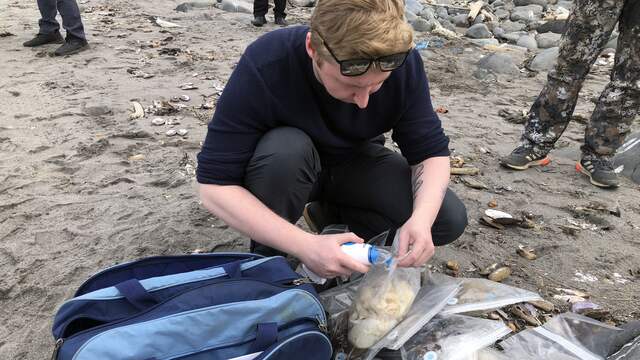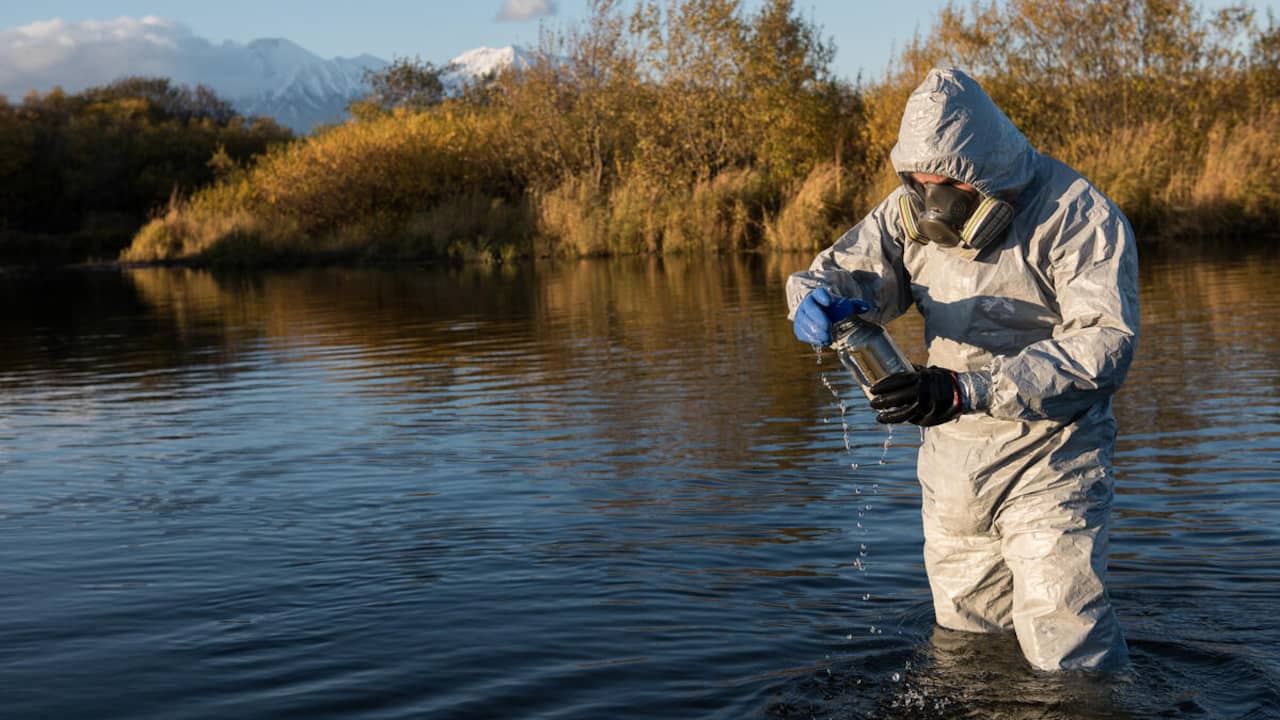The still mysterious ecological disaster discovered two weeks ago in the eastern Russian region of Kamchatka has exposed further environmental problems in this region. When asked, environmental organization Greenpeace told NU.nl that on Tuesday. Greenpeace and the World Wildlife Fund (WWF) are now working with the local government of Kamchatka to solve these problems.
Since dozens of dead animals were found along the coast of Kamchatka, it is still unclear why they died. Environmental organizations, local volunteers and the local government are conducting extensive research into the environmental disaster, but for the time being without outcome.
However, these studies have yielded a different result: various ecological problems in Kamchatka and even elsewhere in Russia have been exposed.
For example, it became clear that there are poorly secured waste dumps in the region and that the government needs to improve the systems for monitoring nature. The local government seems to be responding to environmental organizations and is already starting to take measures, explains Elena Sakirko from the Russian branch of Greenpeace.
Landfill excluded as cause, Russia is taking measures anyway
Sakirko mentions a pesticide dump, Kozelsky. This Soviet-era landfill was the prime suspect quite early after the disaster. Perhaps odorless and colorless chemicals had spilled into a nearby river, which could have been the cause of the disaster. Analysis of soil samples ruled out Kozelsky as the culprit.
“But Kozelsky is located in an open forest, without proper protection,” says Sakirko. “We have discussed it with the government and although they do not consider it to be the cause, they have decided to tackle the landfill and prevent future problems.” The local government is going to completely clean up the landfill and work there currently a plan for it.
Wastewater from factories flows into seawater
Water samples also indicated traces of industrial pollution, as waste water from local factories flows directly into the sea at Kamchatka.
None of the discovered substances can currently be identified as a source of animal death. After discussions between the local government and environmental activists, it was decided to intervene in these waste streams to prevent further pollution.
 –
–
–
–
–
A Russian government official collects dead animals from a beach in Kamchatka for further investigation. (Photo: ANP)
‘Not good systems for monitoring nature’
Both Greenpeace and WWF investigations into the disaster show that Russia generally does not have the resources to properly monitor nature. Russian authorities are ready to fine offenders, but disclosing problems often has to be done by civilians or activists, it said. WWF.
The local government is now working to set up such a system for Kamchatka, but the organizations believe this is happening too late. So reported the government on October 10 that they had found an 11 kilometers long waste trail in the sea, but this waste had already been discharged by September 23.
The WWF believes that the government was too late. The local government is now going buoys with sensors to better monitor the environment.
‘It is not often that the Russian government cooperates with Greenpeace’
That a Russian local government is cooperating with Greenpeace is striking, according to Sakirko. “This is not a common situation for us.” According to her, Russian authorities would often thwart such investigations.
“The Kamchatka government is very open,” says the activist. The government regularly consults with Greenpeace and the WWF and the authorities exchange findings about the disaster.
– .


